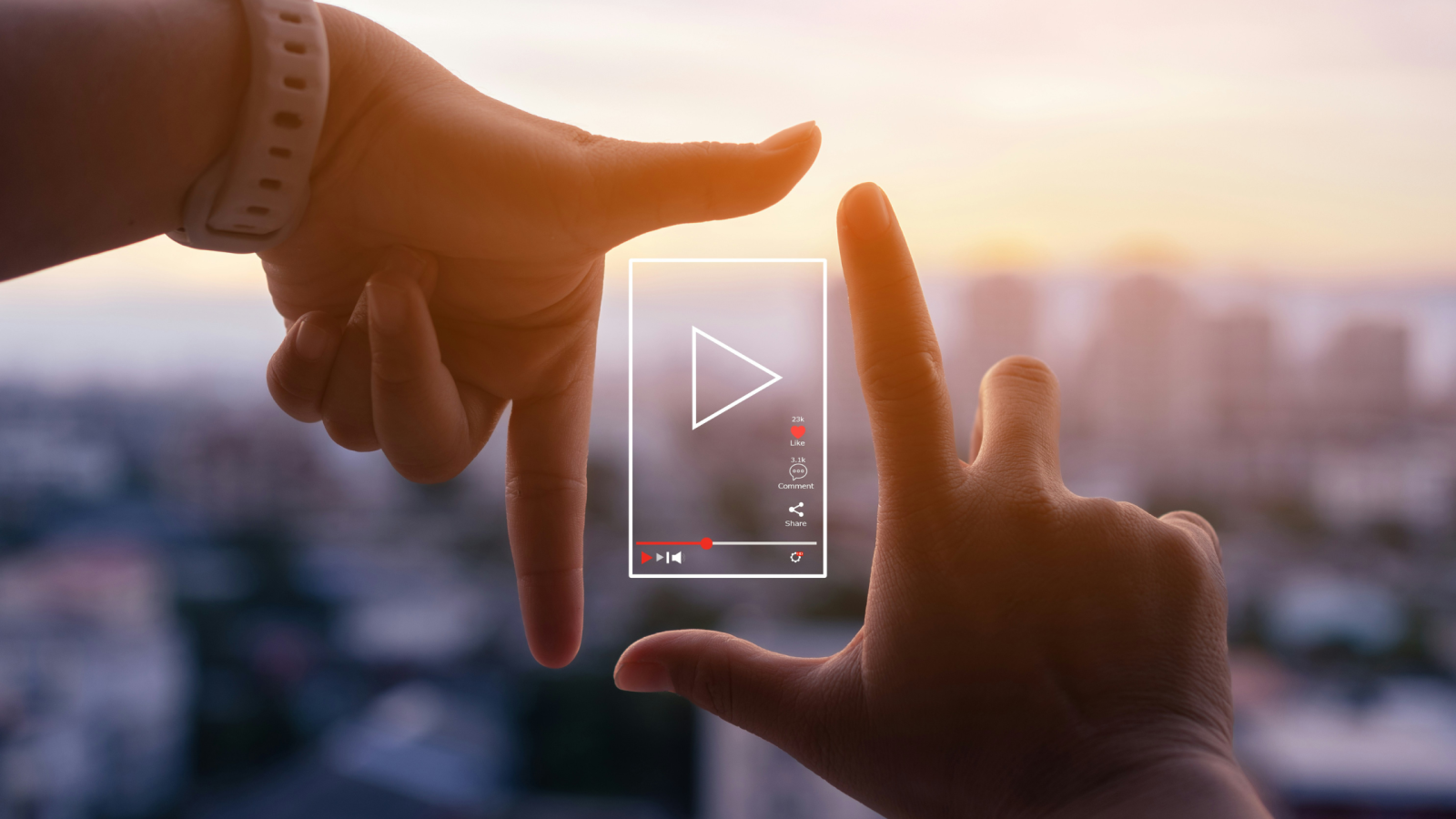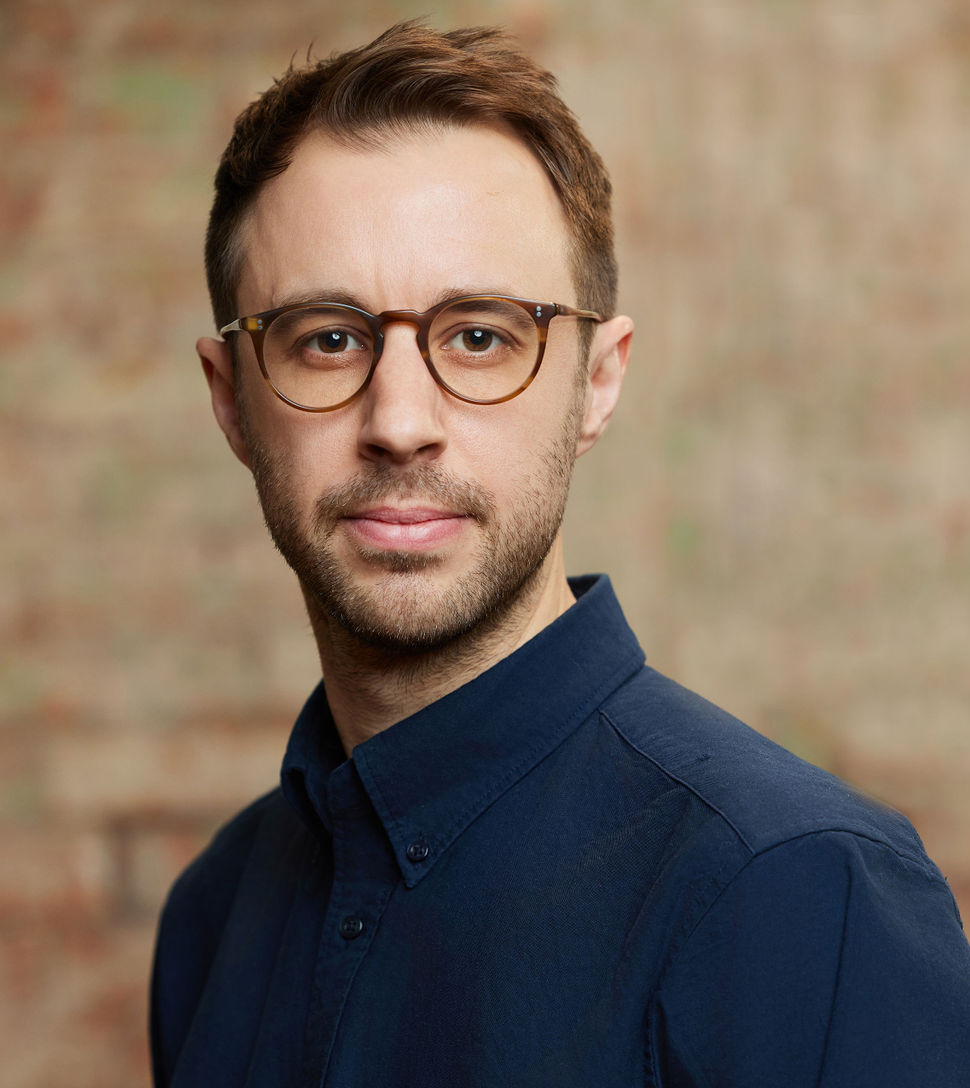YouTube, AI, and the social content balancing act

Photo: Getty Images

How are social platforms coping as the AI floodgates open? For some time now, MIDiA has been advocating for social platforms to provide some protections to human creators from the increase in AI content. The reason is as much about the platform’s USP with advertisers as it is about those human creators who have been the bedrock of the social platforms’ success to date.
Afterall, YouTube’s appeal to the ad market is about more than just the volume of audience traffic. It is also about trust and relevancy. Advertisers like working with creators because they often have deep and meaningful relationships with their audiences. The days of reaching the majority of any given population with a single advertising blitz on a linear TV channel are gone. Creators now act as the conduits for reaching those consumers who are spending more time indulging in their niche tastes on social platforms. As the 21st century tastemakers across fashion, beauty, entertainment, sports, food and drink, and more, creators help support the targeted advertising experience that brands crave.
However, this appeal is at risk of being eroded by low-effort generative AI content unaffectionately branded as ‘AI slop’. The ease of which generative AI content can be produced has increased the number of social accounts trying to turn a quick buck on social platforms. Rather than building and monetising a loyal community around a steady drum beat of high-effort content, these accounts are farming views by flooding platforms with thousands of generative AI videos.
The rise of AI content farms
It only takes a small amount of time engaging with the AI communities on LinkedIn to discover how a new breed of AI-first creators is automating the entire process. They are turning the workflow of crafting and honing a social video into a factory of reels, shorts, and long-form videos where the creator provides the lightest of touches before publication. AI ideates based on social trends, creates a selection of videos, publishes content, and then repeats until the architect of the system tells it to stop.
This approach is about throwing as much content at the algorithm as possible until a video takes off. This can lead to not only poor experience for viewers, but a poor experience for advertisers. It is the opposite to being associated with a well-honed piece of authentic content that has the audiences’ best interests at heart. It also runs counter to YouTube’s efforts to drive up production quality to help consolidate its leading position in smart TV viewing share.
Featured Report
The future of creator apps Fuelling engagement with fandom
The AI boom has unleashed a wave of creator tools, but some are struggling to make the transition from interesting and experimental to compulsive and essential. Fandom offers a solution by tying creation to a consumer’s personal passion, appetite for community engagement and a desire to have a stake in the entertainment they love.
Find out more…Catering to both worlds
The problem for YouTube is that it cannot freeze out AI creation. It must find a way to accommodate both worlds. The upcoming integration of Google Veo 3’s AI video generator into YouTube Shorts represents a head-first dive into AI creation. These AI generators not only open new avenues of creativity but also help populate the creator funnel by lowering the barrier to entry to consumers who have little or no creative skill. YouTube needs more creators, but it also needs high-quality content that keeps viewers and advertisers happy.
Establishing separate lanes
So how do you achieve both? In MIDiA’s report ‘Generative AI | The double-edged sword for social video platforms and content creators’, we called for social platforms to create two separate lanes. One lane for authentic, higher-grade content produced predominately with human intervention. The second for low-grade inauthentic content that is produced largely by AI workflows. To enforce this, MIDiA recommended the introduction of payments tiers.
A ‘freemium’ tier would be a mix of generative-AI and human-creator content, while paid subscriptions would enable users to remove or minimise their interaction with generative-AI content. However, platforms would still need to accommodate advertisers who would want access to those consumers who were paying to remove AI content from their feeds. While achievable, this could create a complicated pricing structure. It may prove confusing for consumers who have grown used to pre-existing video subscription models where they pay to avoid advertising.
YouTube is enforcing a separate lane system by removing the incentives for low-effort AI content and spam videos. In a bid to mandate the publication of “original and authentic” content, the social platform is rolling out a series of clampdown measures. Content farms producing repetitive videos leaning heavily on AI video and voiceover generation will no longer qualify for monetisation through its Partner Program. YouTube has also moved to reassure creators who are using AI tools to improve their content that they will be exempt from such strikes.
This is a welcome step for creators and advertisers. Content farms will no longer be able to rack up significant revenues from advertising with poor-quality videos. However, there are questions over whether this will be enough to keep them at bay. While they may not be able to earn directly from advertising, they could still seek to extract value by racking up engagement around videos advertising products and services which consumers pay for off platform.
Then there is the question of early-stage creators. While these creators will ultimately be rewarded with monetisation for creating high-grade content, they still face the challenge of finding and building an audience amid the welter of low-grade AI content. Social platforms should consider ways of creating pre-monetisation tiers that identify and signal boost creators that are trying to produce content in the YouTube way. This could be achieved by providing one-off monetisation to high-performing videos ahead of the creator fulfilling all the parameters to become fully monetised on the platform. It could even act as an extension to the YouTube Hype leaderboard, the initiative that helps emerging creators with fewer than 500,000 subscribers gain visibility.
AI content generators are making creation easier to do but harder for creators to achieve cut through. Social platforms should not only seek to disincentivise content farmers but also incentivise those producing content that is the best fit for advertisers and the platform.

There is a comment on this post, add your opinion.